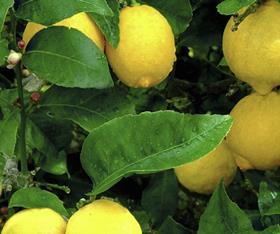
Heavy rains and flooding at the end of last year and beginning of 2017 will lead to a 10 per cent drop in Argentine citrus production this year according to the latest forecasts released by producer federation Federcitrus.
The estimates have put the dampeners on what was shaping up to be a promising season thanks to the reopening of the Brazilian market after an eight-year hiatus and the end of the US ban on lemon imports.
The 2017 harvest is expected to weigh in at 2.6m tonnes compared with last year’s 3m-tonne crop and the 10-year average of 3.5m tonnes.
“We are going to see a fall in production of at least 10 per cent due entirely to climatic factors,” Federcitrus president José Carbonell told El Cronista.
“North eastern provinces are also suffering the effects of three bad years in which producers did not invest because of the low prices in the fresh and processed sectors.”
Carbonell noted that the industry had suffered a gradually loss its competitiveness in recent years due to the exchange rate and high taxes. Nevertheless, the recent easing of credit facilities and a proposed plan to improve logistics would be an important tonic for the sector, he added.
Carbonell stressed, however, that the sector was in solid financial shape, allowing producers to fully exploit opportunities in new markets.
While initially, Argentina will have only a very small presence in the US, there is “huge potential” to make inroads in the Brazilian market, especially in oranges and mandarins, Carbonell said.
“We are also starting to export Navel oranges to South Korea, and will once again be shipping to new markets like Vietnam and Indonesia,” he added.



